The Women of Blaxploitation
The Black Movie Boom of the 1970’s created jobs for young Black actresses and introduced new talents such as Pam Grier, Vonetta McGee, Gloria Henry, Tamara Dobson, Judy Pace, Esther Anderson, Paula Kelly, Carol Speed, Lisa Moore, Rosalind Cash, Jaki Demar, Rosalind Miles, Kathy Imrie, Shelia Frazier and Brenda Skyes.
 During the early days of Black film making, Black actresses achieved limited success due to racism in the industry and with the development of 100 Black films (that were in production during the early 1970‘s), there was a on going search for Black woman to play the lead role.
During the early days of Black film making, Black actresses achieved limited success due to racism in the industry and with the development of 100 Black films (that were in production during the early 1970‘s), there was a on going search for Black woman to play the lead role.
This era of the “Black Film Boom”, competition was for choice parts. So fierce was the competition that some columnists and critics have begun referring to it as “The Battle of The Beauties.” (Ebony Magazine November 1973)
The article states that; High-spirited competition was a Hollywood tradition, and Black actresses are no exception. So certain rivalries had developed. For instance, one top Black actress will refuse to appear in the same movie in which a contender is also featured. Some Black actresses will do anything to get a part, even to the extent of spreading rumors that another actress is on dope or unreliable.
Traditionally, the early days of Black film making Black actress did achieve limited movie success because of racism in the film industry. But with a boom of 100 Black films (that were in production during the early 1970‘s), there was a search for Black woman to play the lead roles. New faces like Brenda Skyes, Carol Speed, Judy Pace, Paula Kelly and Rosalind Cash tried to take Hollywood by storm.
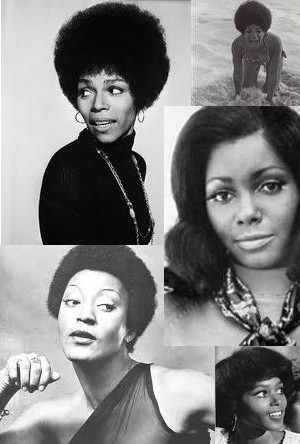 Brenda Skyes starred in: Honky, Black Gunn, Cleopatra Jones and Drum.
Brenda Skyes starred in: Honky, Black Gunn, Cleopatra Jones and Drum.
Carol Speed starred in: The Big Bird Cage, The Mack, Abby and Disco Godfather.
Judy Pace starred in: Cotton Comes to Harlem, Cool Breeze, The Slams and Shaft.
Paula Kelly starred in: Cool Breeze, Top of the Heap, Trouble Man, The Spook Who Sat By The Door, Tough Guys, Uptown Saturday Night and Drum.
Rosalind Cash starred in: The Omega Man, Melinda, Uptown Saturday Night, Amazing Grace, Cornbread Earl and Me, Dr. Black and Mr. Hyde and Monkey Hustle.
During the 1970‘s some new Black talent had remained levelheaded about their success – and most of it very modest – one or two have gone “Hollywood” and seem to enjoy playing the big star role. While their parts where no longer consider small part their egos fore shadowed their artistic abilities.
Pam Grier stated that she and other actresses often recommend friends for parts – not leading ones, in movies in which they are featured, but explains: “They black actors and actresses are basically a close knit group – except when it comes to getting parts. You see, when people are starving, they fight!’ Gloria Hendry, a newcomer to Hollywood, observes: “Acting is inherently a competitive field. Black actresses are very competitive, but whites are even more so. We are being exploited at the moment, but the increasing number of black movies has created a demand, which black actors and actresses can fill. At least more people are working.” (Ebony Magazine November 1973)
What was most surprising about these women was the competition and rivalry among them. For The purposes for this exhibition The Museum of UnCut Funk will highlight the careers of four of the most south after Black actresses Pam Grier, Tamara Dobson, Vonetta McGee and Gloria Henry during the 1970’s. Our research has discovered that early in their careers Pam Grier and Gloria Henry were happy to do interviews while Vonette McGee (it had been written) had refused to share the spotlight with the other actresses; she would sent word via her agent that she would prefer an exclusive interview during release of her newest movie. Tamara Dobson had been quoted as refusing to appear in the same book, much less on the same page as Pam Grier (Dobson refused to participate in the same celebrity events in which Grier was involved. WOW!!!…Since the release of Pam Grier’s book…My Life in Three Acts, she states that she and the late Tamara Dobson where friends and tried to get Ebony to retract the visceral in the article but Ebony did not.
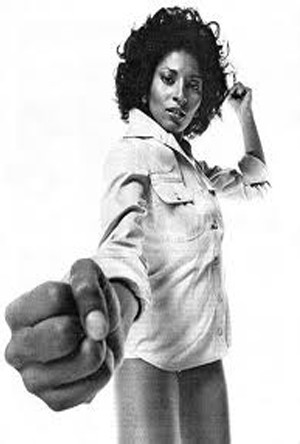 At the height of the 1970‘s Black film era, a then 24 year old Pam Grier had lead roles in three films which played almost simultaneously…something which is rare for today’s Black actresses; Scream Blacula Scream, Coffy and Black Mama White Mama.
At the height of the 1970‘s Black film era, a then 24 year old Pam Grier had lead roles in three films which played almost simultaneously…something which is rare for today’s Black actresses; Scream Blacula Scream, Coffy and Black Mama White Mama.
In 1969, she got her first bit part in Beyond the Valley of the Dolls while working as a switchboard operator at American International Pictures. Shortly thereafter, she snared lead roles in The Big Bird Cage, The Bill Doll House, Women in Cages, and Twilight People. She had a five-minute part in Cool Breeze, and later, a large role as a pornography queen in Hit Man.
The daughter of a retired Air Force careerist and a registered nurse, Pamela Suzette Grier was born in Winston, Salem, N.C. After graduating from high school in Denver, she entered Metropolitan State College with plans to become a pathologist. She later dropped out of school, and left Denver for LA in 1968.
Dreamy eyed and sensual Vonetta McGee had secured her position in the front ranks of new Black stars. Within the last two years, Ms McGee-whose real name is Lawrence Vonetta McGee Jr. – has starred or co-starred in five movies, and in well on the way toward completing the sixth. Her recent movie credits include Blacula, Melinda, Hammer, Shaft in Africa and Detroit 9000, She was engaged to co-star and actor-writer Max Julian. They had co-written the romantic western drama hit Thomasine and Bushrod.
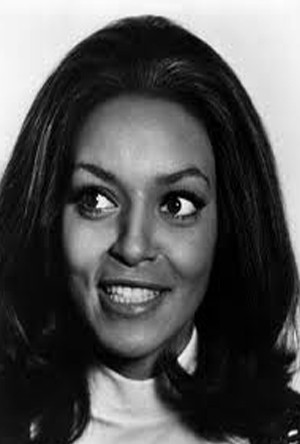 Vonetta McGee, was a 24 year old native of San Francisco when she got into acting during her college days at the University of California and San Francisco State College, as a member of the YWCA-based drama group. After graduating, Vonetta traveled Europe tour when an Italian filmmaker offered her a leading role in Faustina, a classic Italian comedy. This lead to featured roles in several foreign films. Vonette recieved a small role in The Lost Man, and returned to foreign filmmaking afterward. She eventually returned to the US and landed a role in Blacula.
Vonetta McGee, was a 24 year old native of San Francisco when she got into acting during her college days at the University of California and San Francisco State College, as a member of the YWCA-based drama group. After graduating, Vonetta traveled Europe tour when an Italian filmmaker offered her a leading role in Faustina, a classic Italian comedy. This lead to featured roles in several foreign films. Vonette recieved a small role in The Lost Man, and returned to foreign filmmaking afterward. She eventually returned to the US and landed a role in Blacula.
Tamara Dobson was a promising 6 foot 2 fashion model. She played the heroine in Cleopatra Jones, an action thriller.
In the 1973 Ebony magazine article, Tamara said she hastened to make a distinction between the female images projected in Jones and Coffy. “The only similarity between the characters Coffy and Cleopatra Jones is that Coffy is a woman and so am I,” she says. “The difference is that Cleo is a lady, and ladies are always sexy and well groomed. Ladies don’t have to take anything off to excite anyone.”
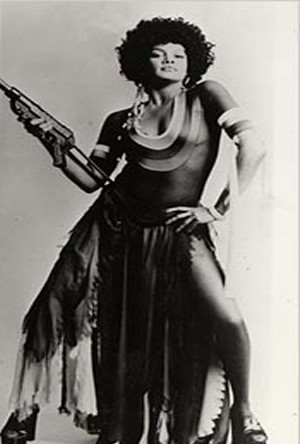 Ok!!! But I am still a Pam Grier fan…for the record. Before she starred in Cleo Jones, Dobson had small parts in Fuzz and Comeback Charleston Blue. As a fashion model and model in commercial products, she appeared in a number of magazines and plugged products for 25 television commercials. With her 1970’s movie debut in Jones came offers to star in five films. She says that she has rejected several offers. She had plans to pursue an acting career full time and would continue to model on special assignments.
Ok!!! But I am still a Pam Grier fan…for the record. Before she starred in Cleo Jones, Dobson had small parts in Fuzz and Comeback Charleston Blue. As a fashion model and model in commercial products, she appeared in a number of magazines and plugged products for 25 television commercials. With her 1970’s movie debut in Jones came offers to star in five films. She says that she has rejected several offers. She had plans to pursue an acting career full time and would continue to model on special assignments.
The Baltimore native, was a licensed beautician, earned her degree in fashion illustration at the Maryland Institute of Art. She decided to become a model and headed to New York.
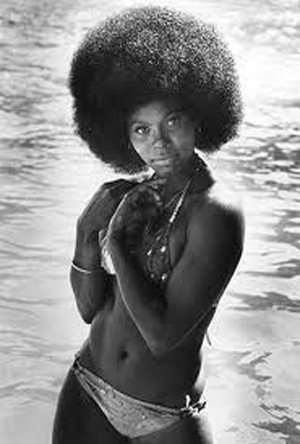 1972 was the year one for Gloria Hendry, whose calling card could very well read actress-model-singer-Playboy Bunny. She played a number of bit parts before landing five consecutive leading lady roles in Black Caesar, Black Caesar Revenge aka Hell up in Harlem, Slaughter’s Big Rip Off, Live and Let Die and Black Belt Jones.
1972 was the year one for Gloria Hendry, whose calling card could very well read actress-model-singer-Playboy Bunny. She played a number of bit parts before landing five consecutive leading lady roles in Black Caesar, Black Caesar Revenge aka Hell up in Harlem, Slaughter’s Big Rip Off, Live and Let Die and Black Belt Jones.
This is the official comic book from Black Belt Jones. This comic book is in the Museum of UnCut Funk Collection.
In 1973, the 25-year-old Hendry was not although happy with the parts she has played…she wanted to play more in depth media roles, especially wholesome or family oriented parts.
This Florida-born actress, who grew up in Jersey City and Newark, NJ and got interested in acting as a child. Upon graduating from high school in 1966, she head for New York where she began taking acting, singing and dance lessons. Working as a secretary, she became a weekend Playboy Club Bunny and began commercial and illustration modeling. She sang and danced in shows in and around New York. Her first of several small parts in movies was For The Love of Ivy. The big break came in 1972 when she went to Hollywood and met Fred Williamson, who was about to film Black Caesar.
In the 1970‘s Gloria recorded two records and wanted to continue singing and further her acting career, if not, law school was her next option.
Contributor: Luci Horton
Source: Ebony Magazine November circa 1973

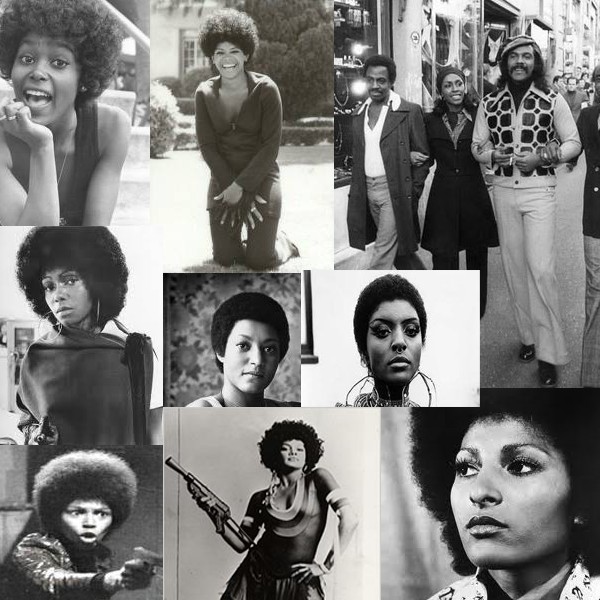
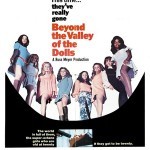
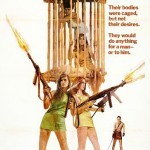
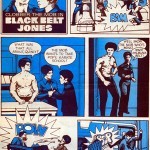
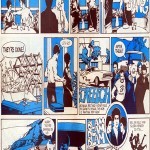
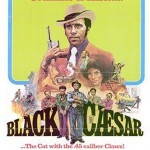
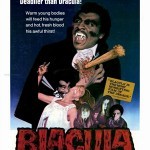
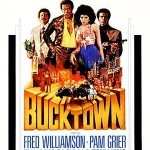
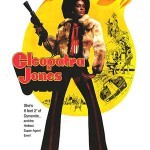
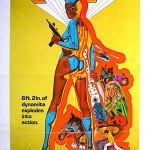
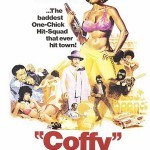

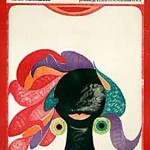
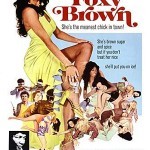
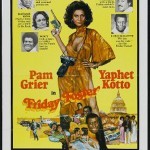
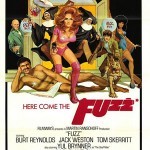
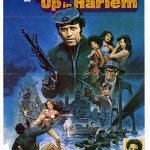
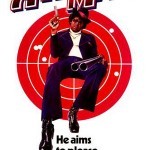
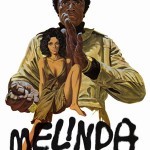
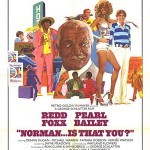
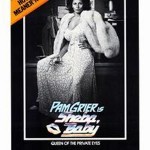
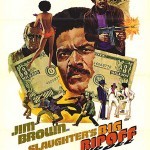
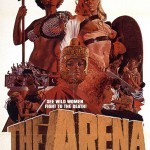
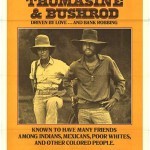
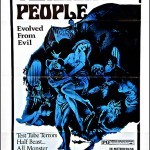
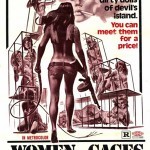
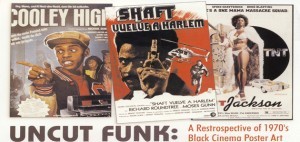
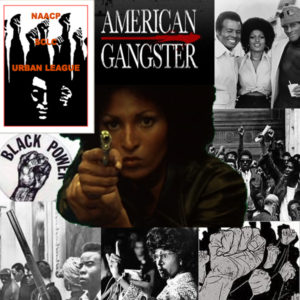
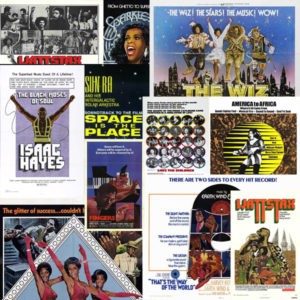

3 Comments
what ever happened to Jaki Demar
Where is Sister Rosalind Miles and how is she doing
Sorry to hear about the rivalry between Pam Grier and the late Tamara Dobson. . I was a fan of both beauties.